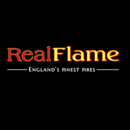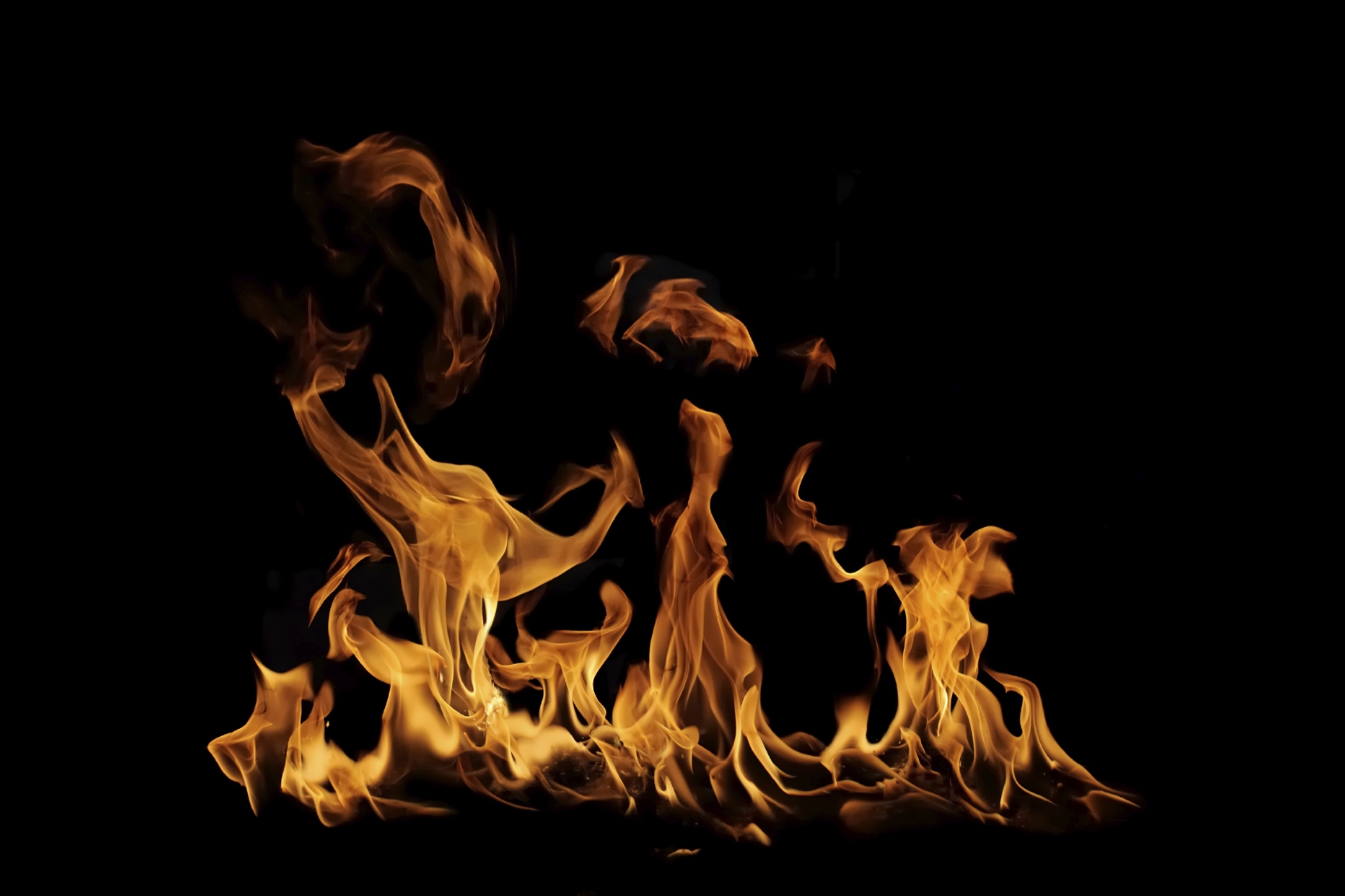Bio ethanol fireplaces
Contents |
Bio fuel
Bio fuels are fuels created from living matter, such as plants, through processes such as agriculture and anaerobic digestion. Conventional bio fuels are manufactured from sugar, starch or vegetable oil.
Unlike coal and petroleum, which are fossil fuels, bio fuels can help reduce greenhouse gas emissions.
Bio ethanol
The most common bio fuel, bio ethanol is an alcohol produced by fermentation from carbohydrates, usually found in sugar and starch crops such as sugarcane, potatoes and sweet sorghum.
This bio fuel produces 12% less greenhouse gas emissions than the production and combustion of diesel, and it contains approximately 34% less energy per unit volume than gasoline.
It can be used in its pure form or as a gasoline additive in vehicles and is most common in the USA and Brazil. Brazil was the first country to produce a vehicle that ran entirely on ethanol – the Fiat 147, which was manufactured in 1978.
Bio ethanol fireplaces
Ethanol can also be used to fuel bio ethanol fireplaces, which do not need a chimney. These fireplaces can be added anywhere in the house because of this. The flame emitted in a bio ethanol fireplace is real and the burner can take on a variety of shapes and sizes, according to the owners’ specifications.
The emissions of bio ethanol fireplaces are mainly composed of water vapour and CO2 – two medium-sized candles will release the same amount of carbon dioxide.
Other substances include carbon monoxide and aldehyde, which is not emitted until combustion reaches 700ºC. The temperature of bio fireplaces is under 400ºC.
Advantages of bio ethanol fireplaces
There is no need for ventilation or remodelling when installing a bio ethanol fireplace. They are also considered by some to be safer than conventional fireplaces, as no smoke or smells are produced, but the warmth they emit is virtually the same as more traditional fireplaces.
The design options available are virtually unlimited, as there are no restrictions placed on the installation of bio ethanol fireplaces. They are free standing, so they can be placed anywhere, whether indoors or outdoors – and moved to any desired location at will.
In addition, bio ethanol fires can be used in architectural settings as aesthetic elements.
Bio ethanol fireplaces are cost-effective, so they can be used for several hours every day without becoming more expensive than other types of fires. And as long as instructions are followed, bio ethanol fires are safe.
--Real Flame 14:09, 15 Nov 2016 (BST)
Find out more
Related articles on Designing Buildings Wiki
Featured articles and news
One of the most impressive Victorian architects. Book review.
RTPI leader to become new CIOB Chief Executive Officer
Dr Victoria Hills MRTPI, FICE to take over after Caroline Gumble’s departure.
Social and affordable housing, a long term plan for delivery
The “Delivering a Decade of Renewal for Social and Affordable Housing” strategy sets out future path.
A change to adoptive architecture
Effects of global weather warming on architectural detailing, material choice and human interaction.
The proposed publicly owned and backed subsidiary of Homes England, to facilitate new homes.
How big is the problem and what can we do to mitigate the effects?
Overheating guidance and tools for building designers
A number of cool guides to help with the heat.
The UK's Modern Industrial Strategy: A 10 year plan
Previous consultation criticism, current key elements and general support with some persisting reservations.
Building Safety Regulator reforms
New roles, new staff and a new fast track service pave the way for a single construction regulator.
Architectural Technologist CPDs and Communications
CIAT CPD… and how you can do it!
Cooling centres and cool spaces
Managing extreme heat in cities by directing the public to places for heat stress relief and water sources.
Winter gardens: A brief history and warm variations
Extending the season with glass in different forms and terms.
Restoring Great Yarmouth's Winter Gardens
Transforming one of the least sustainable constructions imaginable.
Construction Skills Mission Board launch sector drive
Newly formed government and industry collaboration set strategy for recruiting an additional 100,000 construction workers a year.
New Architects Code comes into effect in September 2025
ARB Architects Code of Conduct and Practice available with ongoing consultation regarding guidance.
Welsh Skills Body (Medr) launches ambitious plan
The new skills body brings together funding and regulation of tertiary education and research for the devolved nation.
Paul Gandy FCIOB announced as next CIOB President
Former Tilbury Douglas CEO takes helm.

























Comments